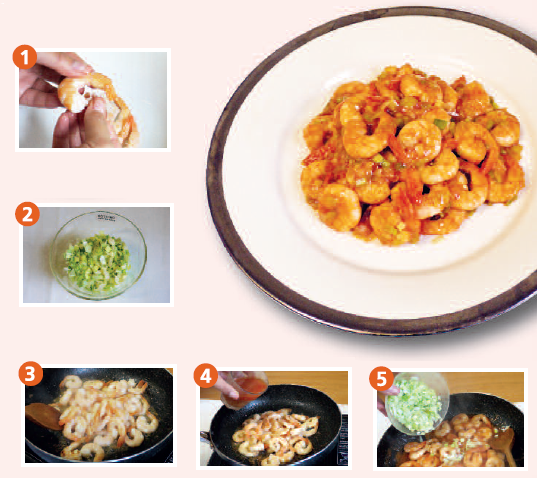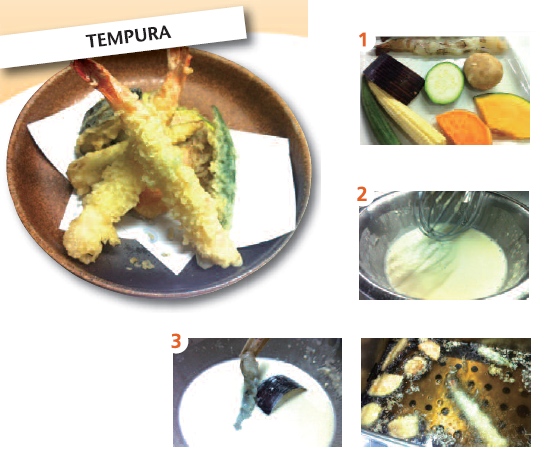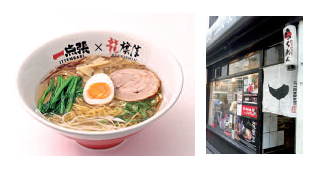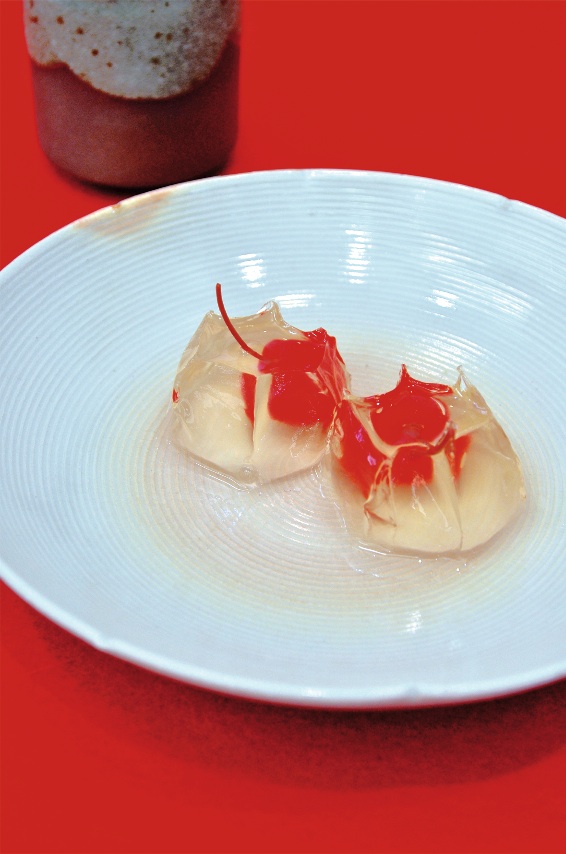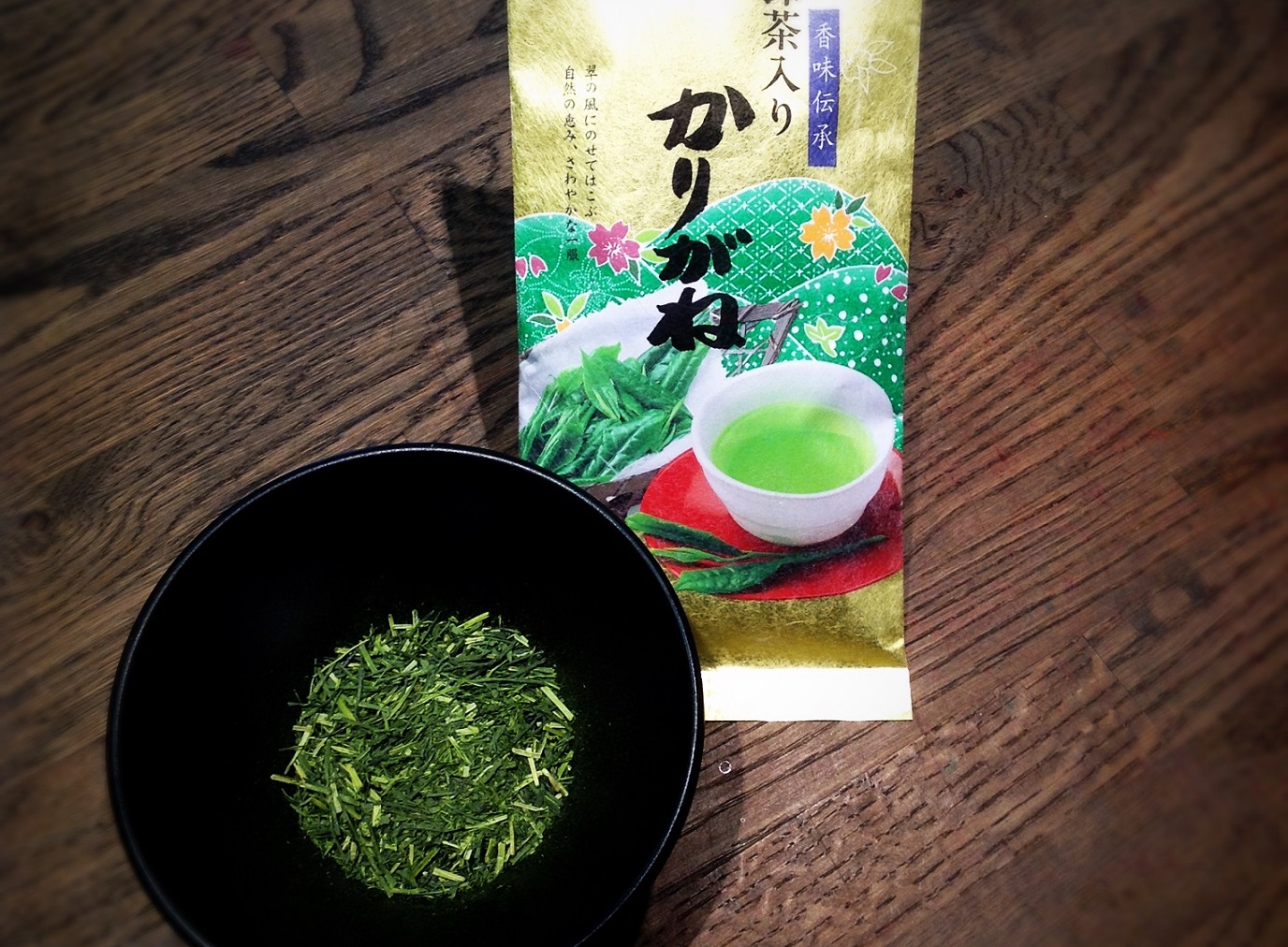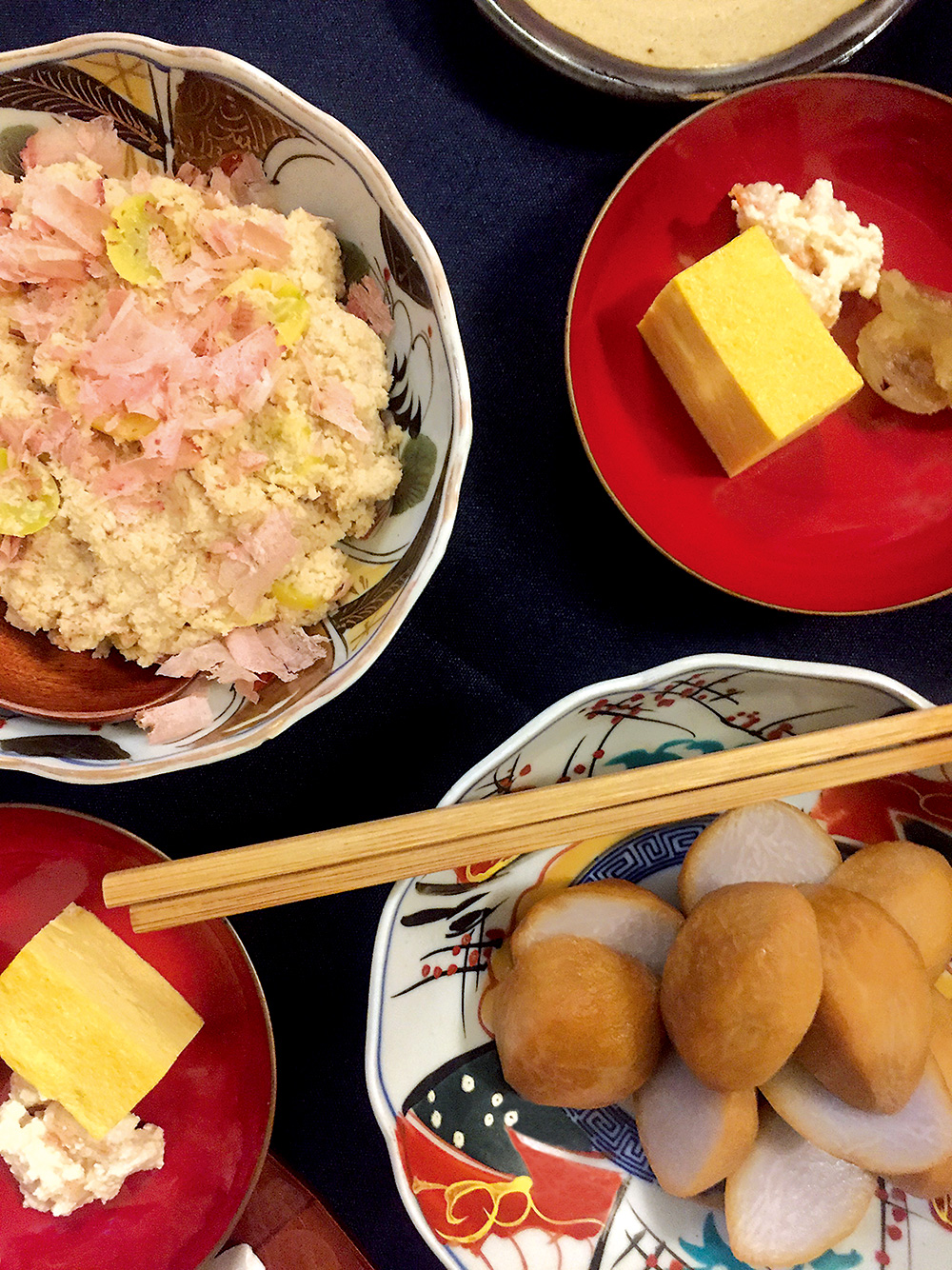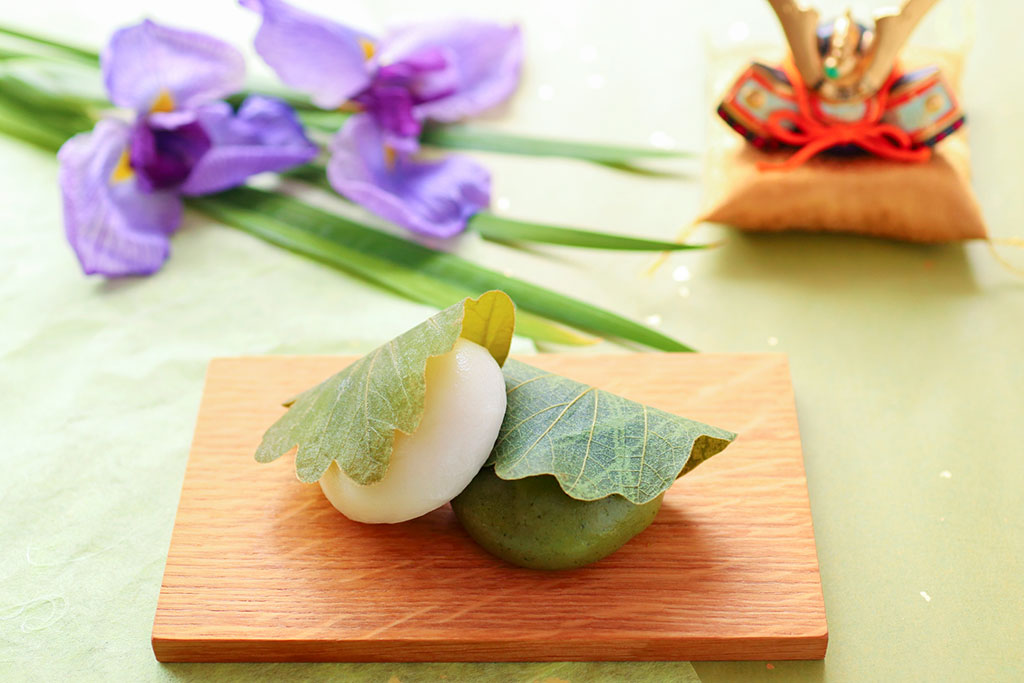

In Japan, May 5th is called tango no sekku, which translates as Children’s Day or the Boy’s Festival. It is a national holiday which coincides with the end of “Golden week”. The stated purpose of this holiday is to “value the personality of children, strive for their happiness, and thank their mothers”. It is a day to pray for the healthy growth of children, however, it is surprisingly little known that it is also a day to be grateful to their mothers. There has been a custom of praying for the healthy growth of boys at tango no sekku from ancient times, but now it is not only for boys, and has thus been renamed “Children’s Day” to pray for the health of children.
What Japanese sweets do we eat on May 5th?
Kashiwa mochi and chimaki are most commonly eaten on Children’s Day. It seems that there are differences depending on the region, but I would like to introduce these sweets.
What is kashiwa mochi?
Kashiwa mochi is a Japanese confectionery made by sandwiching bean paste in mochi and partly wrapping it in a kashiwa leaf. There are different types of bean paste fillings, and the colour of the mochi and the way the leaves are wrapped may change depending on the type of fillings or the region. In general, white mochi is used, but it can also be made into kusa mochi with wormwood, or if the mochi is pink, it often contains miso bean paste.
Origin of using kashiwa leaf
Kashiwa is a deciduous tree of the family fagaceae. The leaves are large, the edges are round and wavy, and it has been used to wrap food since ancient times. It grows even in dry areas and on land without many nutrients. The leaves that die in the autumn remain on the branches until spring and do not fall until new shoots appear. As a result, it is considered to be an auspicious tree where the god of protection dwells, so people pray to the tree for the prosperity of descendants and the continuation of the family line. In addition, the fire resistant trunk which can withstand wildfires is another reason why it is said to be auspicious. By the way, please note that you cannot eat kashiwa leaves.
What is chimaki?
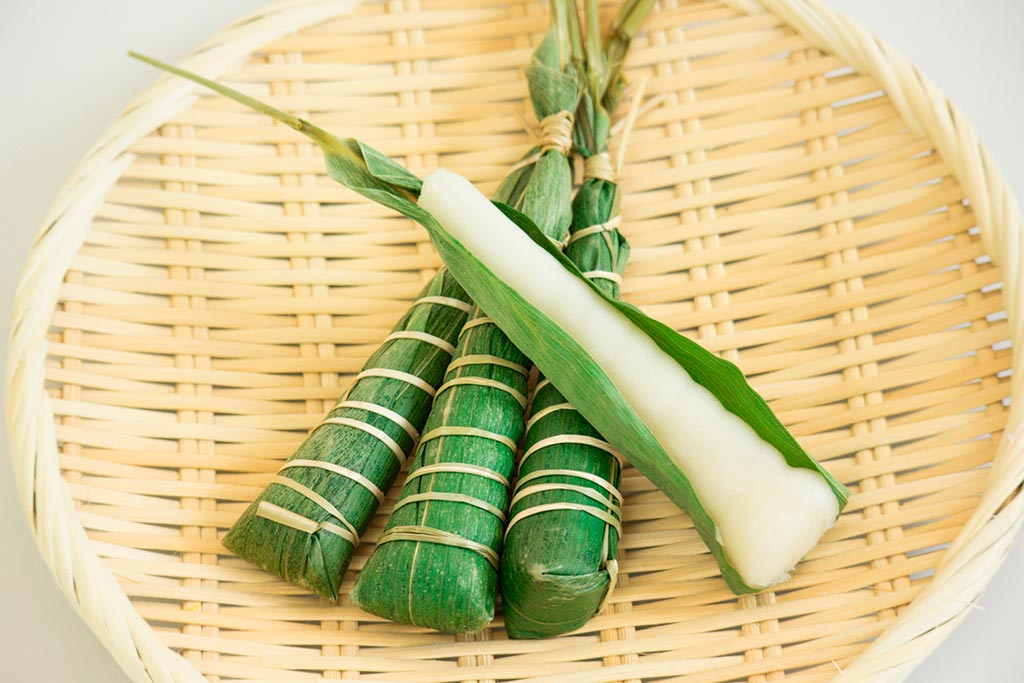
While kashiwa mochi originated in Japan, chimaki comes from China. Chimaki is made by rolling rice cakes made from glutinous rice into a conical shape with leaves such as bamboo grass, and steaming or boiling them. Originally, it was a bamboo tube filled with rice, but after various superstitions and legends, it has become the current form.
Things to decorate for Children’s Day
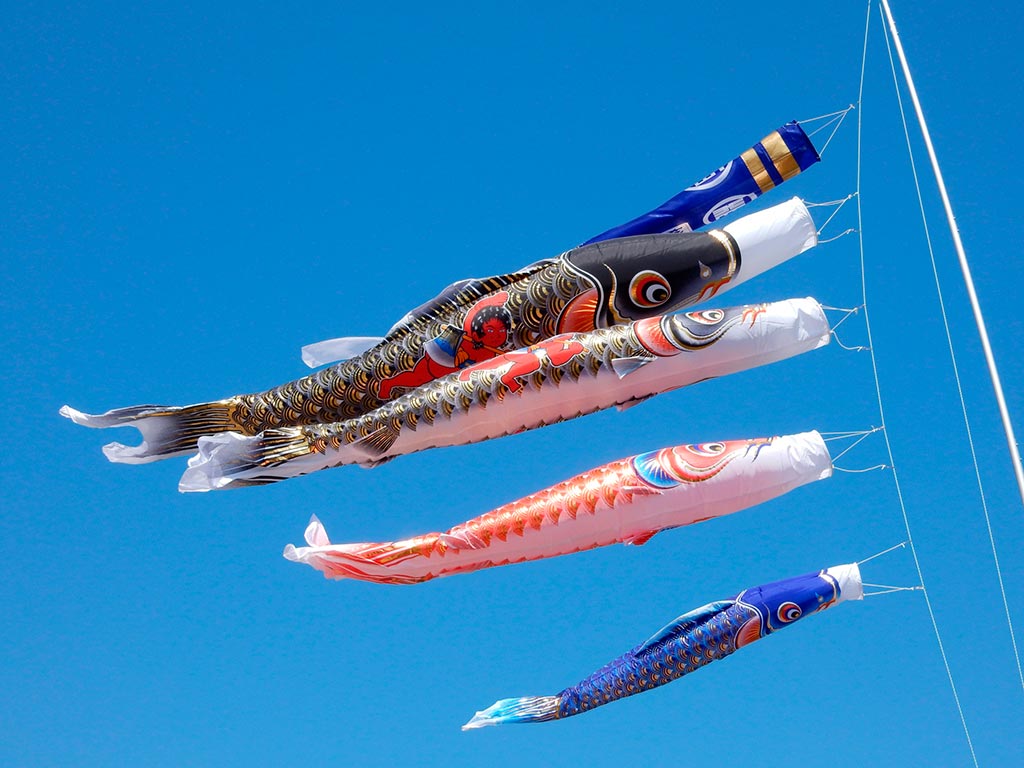
In addition to the custom of eating kashiwa mochi and chimaki on Children’s Day, there are two traditional ornamental displays, koinobori (a carp streamer) and armour with a kabuto helmet. Since armour and kabuto helmets are necessary for military commanders to protect themselves, they have come to be used as decorations kabuto helmets with the hope that they will protect children from disasters such as illness and accidents. It is said that the carp streamer is derived from a Chinese legend, in which a carp that climbed the waterfall of Ryumon became a dragon and climbed to the heavens. In addition, carp are strong fish that can live in various environments such as swamps and ponds, so like the carp, we hope that children will withstand any environment and grow well.
May 5th Sweets in Modern style
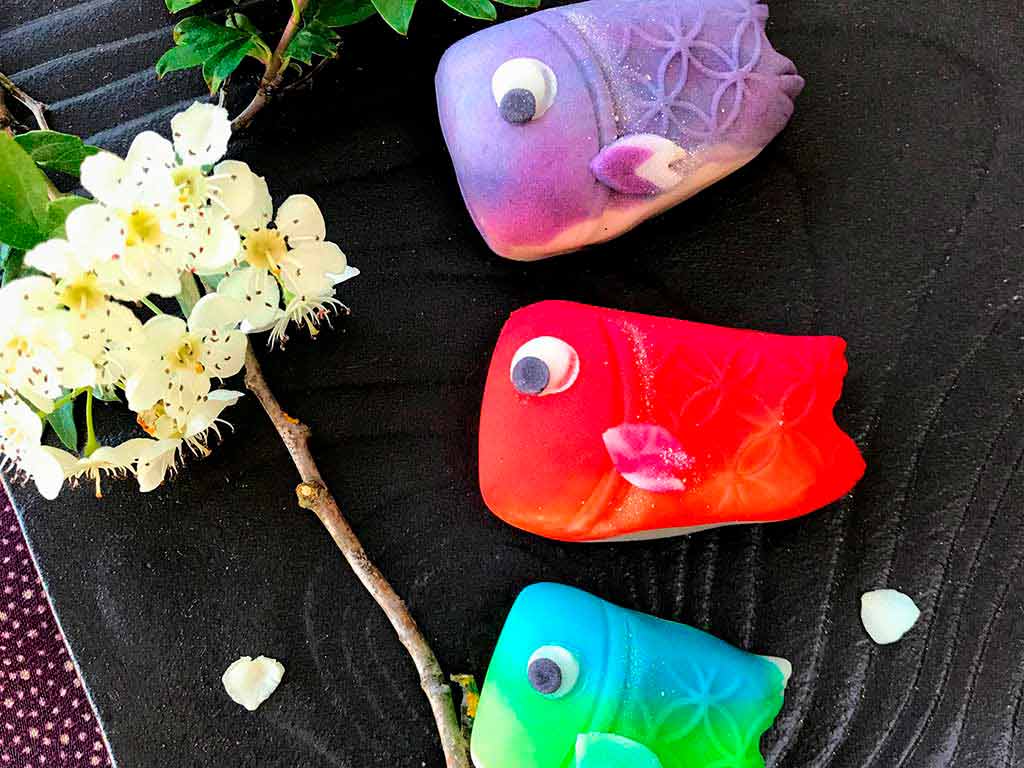
It is traditional to eat kashiwa mochi and chimaki on May 5th. But nowadays, sweets with carp and helmet designs are also popular.
Japanese culture and the four seasons
There are many traditional events which are held in each of the four seasons. Traditional events are perfect for learning about Japan’s unique culture and values. If you have a chance to visit Japan, please come and experience these traditional events. I would be extremely happy if many people could learn about the charm of Japan through Japanese sweets and traditions.
YURI LEE
www.instagram.com/wagashi_art_uk/
www.instagram.com/wagashiinbloom/
www.wagashiart.com/

